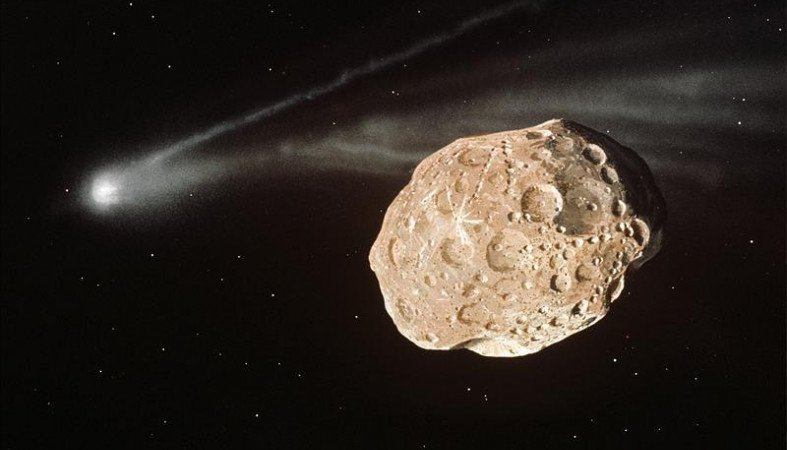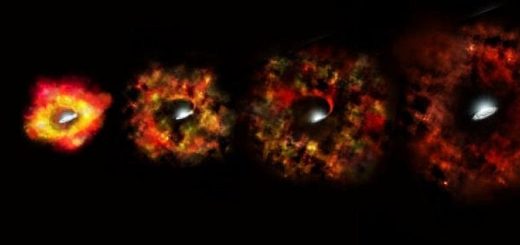On This Day In History: Cruithne Asteroid With Unusual Orbit Discovered – On October 10, 1986
, a tiny asteroid – Asteroid 3753, later named Cruithne – was discovered by Duncan Waldron, a Scottish planetarium astronomer, photographer.

While searching for NEOs (Near Earth Objects) on a photographic plates taken with the UK Schmidt Telescope at Siding Spring Observatory, Coonabarabran, Australia, Waldron discovered Cruithne.
It was not until 1997 that Cruithne’s unusual orbit was determined by Paul Wiegert and Kimmo Innanen, working at York University in Toronto, and Seppo Mikkola, working at the University of Turku in Finland.
Cruithne has its orbit very close to Earth and it is considered as a close companion not only to the Moon but also Earth. Cruithne cannot be seen by the naked eye.
The asteroid does not orbit the Earth, instead it shares the Earth’s orbit and at times, the asteroid is on the other side of the Sun.
Its orbit takes it inside the orbit of Mercury and outside the orbit of Mars. Cruithne orbits the Sun in about 1 year.
The celestial body was named Cruithne, (pronounced Croo-een-ya) after Celtic tribes who came to Britain between about 880 and 500 BC.
Cruithne is approximately 5 kilometers (3 mi) in diameter, and its closest approach to Earth is 12 million kilometers (0.080 AU; 7,500,000 mi), approximately thirty times the separation between Earth and the Moon. From 1994 through 2015, Cruithne made its annual closest approach to Earth every November.
Cruithne will remain in a suspended state around Earth for at least 5,000 years.
Expand for references



 Creators of mankind
Creators of mankind Description of “Tall white aliens”
Description of “Tall white aliens” Where they came from?
Where they came from? About hostile civilizations
About hostile civilizations The war for the Earth
The war for the Earth “Tall white aliens” about eternal life
“Tall white aliens” about eternal life Video: “Nordic aliens”
Video: “Nordic aliens” Aliens
Aliens Alien encounters
Alien encounters The aliens base
The aliens base UFO
UFO Technology UFO
Technology UFO Underground civilization
Underground civilization Ancient alien artifacts
Ancient alien artifacts Military and UFO
Military and UFO Mysteries and hypotheses
Mysteries and hypotheses Scientific facts
Scientific facts


















